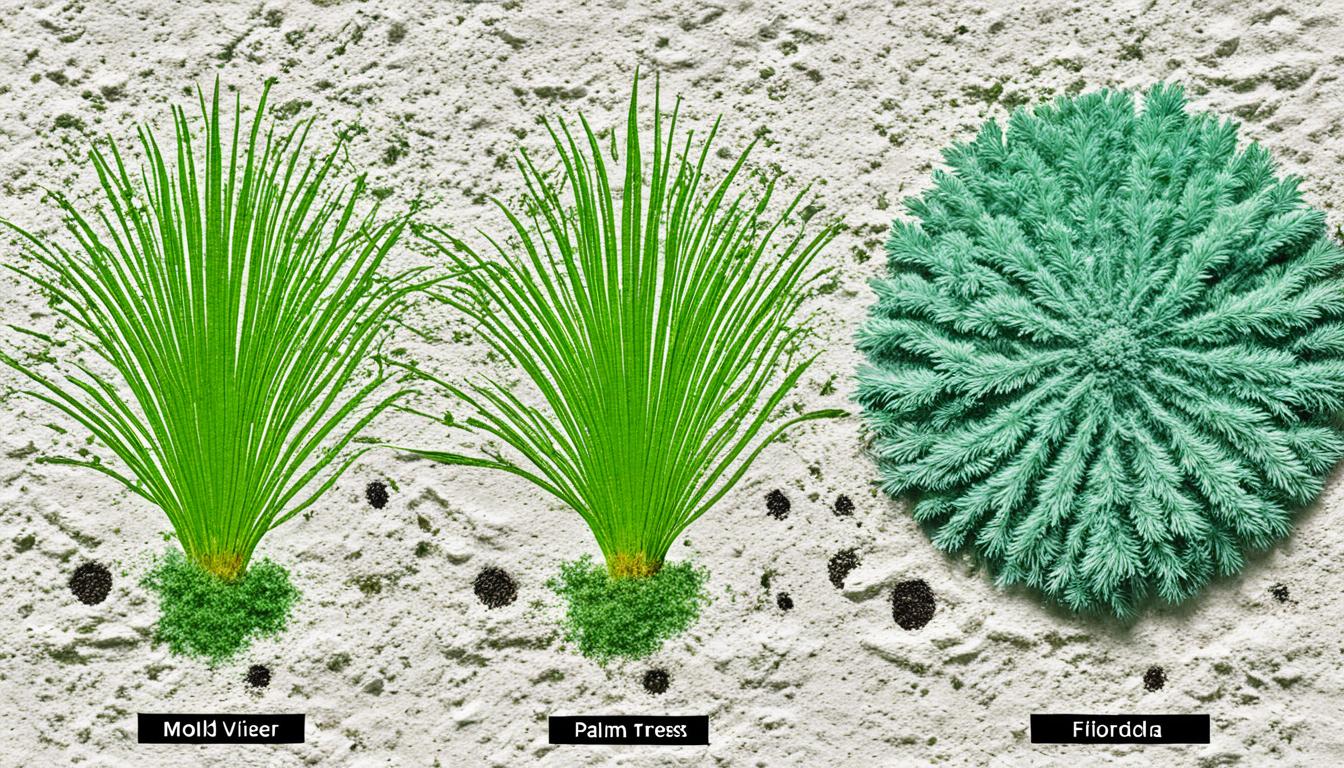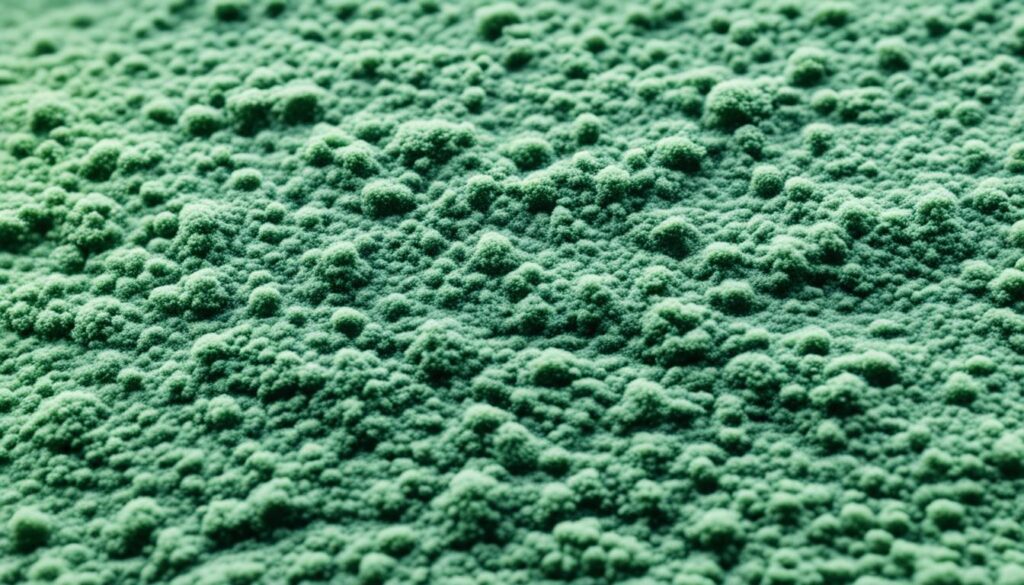
Mold vs. Mildew in Florida: Key Differences
In Florida, mold and mildew are a common concern due to the state’s humid climate. Understanding the difference between mold and mildew is crucial in order to effectively address and prevent these issues. While they may appear similar, there are distinct characteristics that set them apart.
Mold is a type of fungus that can grow on various surfaces, both indoors and outdoors. It thrives in damp environments and spreads through tiny spores that are invisible to the naked eye. Mold can cause structural damage to buildings and pose health risks to occupants. Therefore, it requires professional remediation to ensure complete removal.
Mildew, on the other hand, is a surface fungi that typically appears as a powdery or fluffy substance. It tends to grow on organic materials such as paper, fabric, or wood. Mildew is often found in areas with high moisture levels, such as bathrooms or basements. While it is less destructive than mold, it can still cause discoloration and emit an unpleasant odor.
Key Takeaways:
- Mold and mildew are common issues faced in Florida’s humid climate.
- Mold is a type of fungus that can cause structural damage and health risks.
- Mildew is a surface fungi that grows on organic materials and causes discoloration.
- Proper identification is essential for effective remediation.
- Consulting professionals is recommended for addressing mold and mildew issues.
Identifying Mold and Mildew in Florida
When it comes to maintaining a healthy living environment, it’s crucial to be able to identify and tackle mold and mildew issues effectively. In this section, we will delve into the characteristics of mold and mildew, providing you with the knowledge to accurately identify them in your Florida home or property. By understanding the key differences between mold and mildew, specifically in the Florida climate, you’ll be better equipped to detect and assess these pesky problems.
First, let’s take a closer look at mold. Mold is a type of fungus that thrives in damp and humid conditions. It can be found both indoors and outdoors, and it reproduces through the release of spores. Mold growth can appear fuzzy, slimy, or powdery in texture, and it often comes in various colors, including black, green, or gray. In Florida’s warm and humid climate, mold tends to be a common issue, especially in areas with high moisture levels such as bathrooms, kitchens, and basements.
Next, let’s examine mildew. Mildew is a subset of mold, specifically referring to surface mold that grows on organic materials like fabric, wood, or paper. It typically appears as a white or gray patch and has a powdery or fluffy texture. Unlike mold, mildew is often found in areas with high humidity but less moisture, such as bathrooms and laundry rooms. However, it can also occur on food or plants, posing a threat to both your health and the integrity of your possessions.
Understanding the characteristics and distinctions between mold and mildew is essential for effective identification. By being able to differentiate between the two, you’ll be able to take appropriate measures to address the issue promptly.
Did You Know?
Certain types of mold, such as black mold (Stachybotrys chartarum), can produce mycotoxins that are harmful to human health. It’s important to address any mold or mildew growth promptly to prevent potential health risks.
Below, you’ll find a comparison table highlighting the key characteristics and differences between mold and mildew, specifically in the Florida climate:
| Characteristics | Mold | Mildew |
|---|---|---|
| Texture | Fuzzy, slimy, or powdery | Powdery or fluffy |
| Color | Black, green, or gray | White or gray |
| Growth Locations | Indoors and outdoors, especially in damp and humid environments | On surfaces like fabric, wood, or paper, in high humidity areas |

Now armed with the knowledge of mold and mildew characteristics and distinctions, you’ll be better prepared to identify and address these issues in your Florida property. In the next section, we will explore effective strategies for tackling mold and mildew problems, ensuring a healthy and safe living environment for you and your loved ones.
Tackling Mold and Mildew Issues in Florida
Understanding the difference between mold and mildew in Florida is crucial for maintaining a safe and healthy living environment. While they may appear similar, mold and mildew have distinct characteristics and require different approaches when it comes to prevention and remediation.
When it comes to prevention, keeping moisture levels in check is essential. Both mold and mildew thrive in damp environments, so proper ventilation and humidity control are key. Regularly inspecting and addressing any leaks or water damage can help prevent the growth of mold and mildew in your home.
Additionally, conducting mold assessments by professionals can provide valuable insights into the extent of the problem. They can identify areas of concern and recommend appropriate remediation methods based on the specific types of mold or mildew present in your property. Effective remediation techniques may include proper cleaning, removal of affected materials, and the use of specialized treatments to eliminate mold and mildew spores.
In conclusion, understanding the difference between mold and mildew in Florida is vital for effective prevention and remediation. By taking proactive measures, such as maintaining ideal moisture levels, conducting regular assessments, and employing appropriate remediation methods, you can protect your property and ensure a healthy living environment for you and your loved ones.




